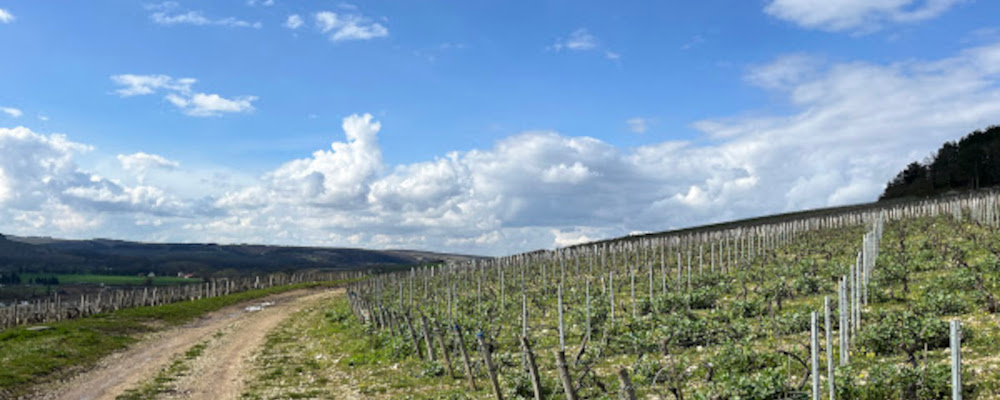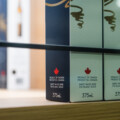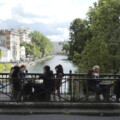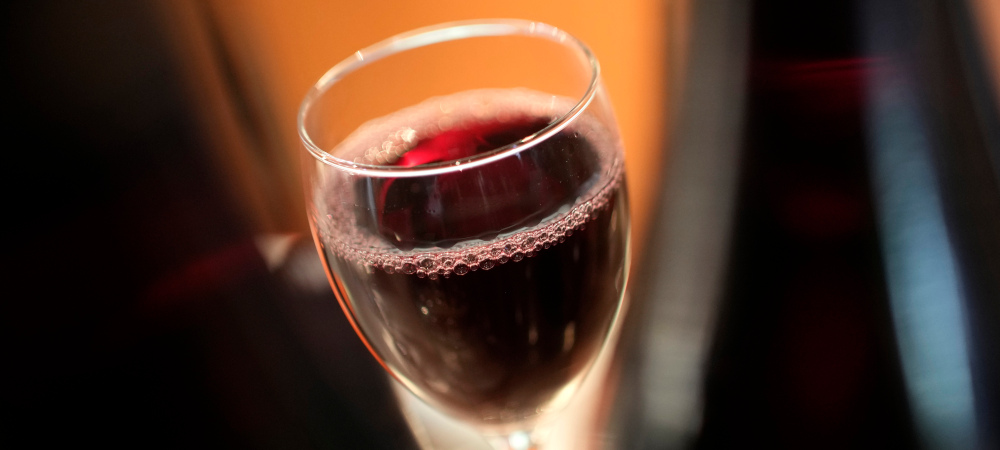I am a history buff and prone to romanticizing the past. When I imagine the times before, all of the problems of today do not yet exist, and the problems that existed for the people who lived through them are forgotten. These fantasies extend into wine writing.
How easy it would be to only have to know the names of a few first-growth labels in France and the odd hill in Napa? A familiarity with a few famous houses in Champagne and maybe Porto would quickly lend the credentials of a “wine expert.” Not only that, most of these wines would be more or less affordable and available to regularly taste.
In my business, among writers my age (52) or younger, it’s not uncommon to mix a bit of self-pity and envy and complain amongst ourselves how much easier our elder betters must have had it. And yet, as one of the most respected of them, Jancis Robinson, continually points out, for all the insane price inflation and voluminous complexity of the modern wine world, the quality of wine has never been better, at all price levels.
I was thinking about Robinson’s sentiments earlier this year in a high-ceilinged room in the Abbey de Saint-Germaine d’Auxerre. Auxerre is a finely preserved medieval cathedral town and department seat of about 35,000 people that’s roughly 150 km southeast of Paris. And, if you’re perspective runs from north to south, it’s where the wine region of la Bourgogne begins.

I was aware of the Auxerrois wines, but only vaguely, in the way that a Google search might have been required to remember exactly where they came from. As I sniffed, swirled, swished, and spat through these unfamiliar wines in the old Abby chapel, I was glad to have more things to learn in a complicated wine world.
A map of the la Bourgogne (Burgundy) wine region will typically focus on the narrow area that runs south from Dijon almost to Lyon, with the town of Beaune more or less in the middle. Depending on the scale, to the top left or in an insert in the top left, will be Chablis and maybe to the left (west) of that famous village the the Côtes d’Auxerre, near the town.
Auxerre is far enough north to be about as close to the southernmost vineyards in Champagne as the northernmost on the Côte d’Or near Dijon. Aside from flinty Chablis, this area would have been best known for growing grapes bound for Crémant de Bourgogne sparkling wine. Global warming and the fine wine world’s insatiable thirst for Bourgogne’s Chardonnay and Pinot Noir are changing that.
In the old high-ceilinged room in the Abby in Auxerre were about two dozen tables of producers of the Grand Auxerrois, pouring Côtes d’Auxerre wines. Though many of the producers there also make Chablis, the Chardonnay they were pouring did not come from that specific appellation, since it would have its own show and tasting the following day. I was there on a press trip as a guest of the Bureau Interprofessionnel des Vins de Bourgogne, as part of the weeklong series of ratings and events called Les Grands Jours de Bourgogne.
The vignerons pouring the wines were, for the most part, relatively young (20s, 30s, 40s) and markedly cheerful. Their youthfulness may have been a reflection of their willingness (or duty) to work an event on a Sunday evening, but I chose to see it as an indicia of a new spirit and energy in the Northern Bourgogne region. Likewise, I took their enthusiasm and happy demeanour as a sign that they knew their Pinot Noir and Chardonnay table wines are having a moment in the wine world, and things only look to improve for the Auxerrois.
Not all wine tastings are joyful events. Most are a mixed bag of enthusiasm for some tables and avoidance of others. As I have written before, tastings in Bourgogne tend towards an embarrassment of riches, but most of the pleasure south of Auxerre comes with met expectations. It’s not surprising when a Grand Cru tastes good, and whatever personal epiphanies may be revealed within the glass, it’s not news.
What was great fun about the tasting in Auxerre was the sense that this was ”New Burgundy.” There was news to bring home. The supply of well-made, food-friendly, cool climate Chardonnay and Pinot Noir from the limestone-dominated soils of the Eastern Middle of France had neither been exhausted nor priced out of reach. A new wino hope.

The Grand Auxerrois region includes wines labeled Bourgogne Côtes d’Auxerre, reds and whites that come from a number of villages, as well as a number of others, most notably Bourgogne Chitry and Bourgogne Tonnerre. It has three Villages appellations, including Saint-Bris, which is applied only to white wines made with Sauvignon Blanc or Gris; the only place where these grapes may be used officially.
In terms of new-wave Bourgogne, it’s worth keeping an eye out for the Chardonnays of Vézelay and the red wines of Irancy. Both are newish Villages appellations, established in 2017 and 1999, respectively, and both are hitting their stride. Longer growing seasons due to global warming mean they are competitive with the wines of Bourgogne to the south, but they each retain a certain northern raciness and minerality, perhaps from the chalky soil they share with Chablis.
These days, the phrase “affordable Burgundy” is not quite an oxymoron, but it is relative. The Villages will start at around $30 a bottle in Canada. The wino math is that a comparable bottle from, say, Beaune, might be twice the price or more.
I opened a bottle of 2018 Irancy I had bought off the shelf recently with a friend whose wine budget is bigger than mine and who has a predilection for finer Pinot Noir de Bourgogne. He’d brought a Mercurey from one of the bigger houses, which we drank and was lovely. My Irancy was my follow-up after dinner.
The wine was generous with raspberry and classic red fruit notes, underpinned by a touch of forest floor earthiness and a fine silk touch of tannin. Impressed, my friend picked up the bottle, studied it, and then asked, “Where’s Irancy?”
“Think red Chablis,” I replied. Maybe wine’s not so complicated after all.
Recommended for You

Matthew Grills: Joey Chestnut is America

Malcolm Jolley: The comfort of familiar favourites—or the fun of finding new wines?

Malcolm Jolley: An ‘Elbows Up’ wine project everyone can get behind

Malcolm Jolley: Need some summer wines? Look no further than the food-friendly, low-sugar sippers of the sunny Southern Rhône




